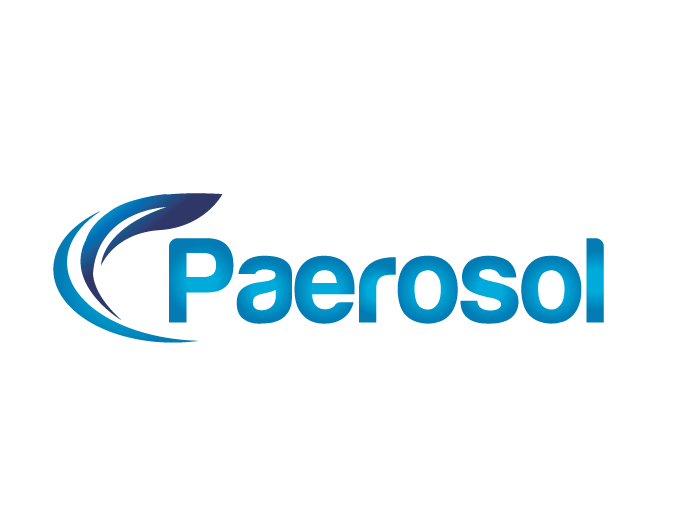Cleaning Before Disinfecting
Cleaning your home surfaces regularly helps to prevent the harmful spread of germs. Disinfecting after cleaning then kills most germs on surfaces and objects. Cleaning can be done with water, soap, and scrubbing to remove germs, dirt, and impurities from surfaces. Disinfecting is done with stronger bleach solutions or chemicals. For disinfecting to be the most effective it should be done after thoroughly cleaning first to ensure the removal of all germs and bacteria.
High-touch surfaces should be cleaned regularly especially if there are young children or people with weakened immune systems in the home. Common high-touch surfaces include doorknobs, light switches, countertops, remote controls, toys, faucets, electronics, and even laundry.
Chemical disinfectants come with a long list of safety guidelines. Using a nontoxic disinfectant helps protect your home while avoiding the harmful side effects of chemical cleaners. Bleach and chemical disinfectants require protective equipment, are harmful to animals and children, can trigger asthma, and can cause serious harm if inhaled.
The Germiest Places in the Home
Most household germs reside in the kitchen. The items that rarely get cleaned are the refrigerator handle, microwave buttons, kitchen faucet, and the kitchen sponge. The standard kitchen sponge holds the highest levels of germs and bacteria of any item on this list. A study found that 70% of kitchen sponges and cloths in the United states had high levels of bacteria. When homeowners use a kitchen sponge or towel to wipe down countertops, bacteria are spread around.
The kitchen area is also home to pathogens like salmonella and E. coli which are spread by touching contaminated surfaces that haven’t been disinfected. These pathogens can remain on surfaces for up to 32 hours. Sinks are also a concern, as they contain 100,000 times more germs than a toilet and should be disinfected regularly.
Another study found that the common cold virus can live on household surfaces for up to two days and lives on doorknobs, refrigerator door handles, TV remote controls, and bathroom faucets. Other viruses can survive on surfaces up to several weeks, such as Norovirus which is highly contagious and known to cause vomiting and diarrhea.
To properly clean your kitchen and other areas of the home, make sure to use warm soapy water to wash down surfaces with paper towels. If using a towel, make sure to wash it after in the hot cycle of your washing machine. It is also important to wash your hands once you are done cleaning.
To kill the bacteria that is still present after cleaning, use a sanitizing solution to wipe surfaces clean with a paper towel and ensure the surface is dry before using it again. Sanitizing is most effective after cleaning; therefore, it is important to do both steps.
Disinfecting After Sickness
When someone who lives in your home or a visitor is sick, they can leave germs and viruses behind that can stay on surfaces for days and continue to spread to others. Disinfecting your home often can help contain the viruses and bacteria.
Ways to disinfect your home after illness:
- Wipe down surfaces
- Wash your bedding
- Clean toys
- Use disposable dishes
- Disinfect the air
- Clean the bed and couch
- Wash your hands for a minimum of 20 seconds with soap and hot water
Following these steps and using a disinfectant that is safe in the home will ensure your home is rid of the bacteria the illness left and that no one else in your home gets sick. Incorporating proper disinfecting practices also helps to ensure people in the home get sick less often, especially during flu and cold season.
Pathogens in Apartments
Sick building syndrome is a condition that is caused by living or being in a building that affects several occupants in that building with no discernable cause. Symptoms of SBS can include coughing, sneezing, dry skin, and headaches. Poor air quality is thought to be a cause of SBS and can occur due to poor building ventilation, chemical contaminants from indoor or outdoor sources, and biological contaminants.
If you live in an apartment complex, you can prevent SBS by implementing routine cleaning and disinfecting, cleaning wet and damp areas, installing, and maintaining air filters, and performing regular HVAC maintenance to help reduce pathogens in the air and on surfaces.
Safe Disinfectant for the Home
Paerosol is an effective disinfectant for in-home use to safely treat the air from pathogens and mold. Paerosol’s patented disinfecting platform has no harmful side effects and kills bacteria, viruses, and mold on contact. Keep your residential area free from pathogens with Paerosol!
Contact our team today for more information at http://box2111.temp.domains/~nabashtw/paerosol.com/contact/ .
